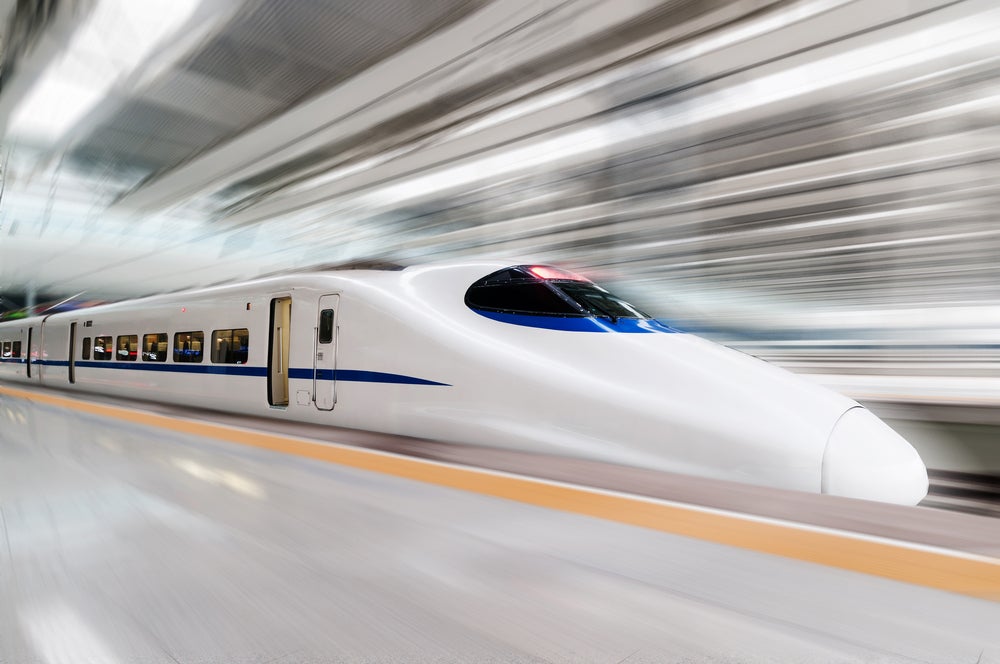In March 2024, it was announced that prominent aerospace and defence company Northrop Grumman had been selected by the Defense Advanced Research Projects Agency (DARPA) to “further develop the concept of building a Moon-based railroad network as part of the broader ten-year Lunar Architecture (LunA-10) Capability Study”.
This railroad is intended to be able to transport all manner of cargo and passengers across the Moon’s surface and should be of great interest to those who are fans of the space economy theme.
That Northrop Grumman, of all players in the US military-industrial complex, was the company selected to pursue this research and development project is not particularly interesting, nor is DARPA’s interest in pursuing such a project to begin with. After all, if humanity is to one day become an interplanetary species it must eventually figure out how to construct and operate permanent infrastructure in extraterrestrial environments.
There is great achievement in getting to the surface of another celestial body, and greater still in getting back to Earth, but that process is in many ways gratuitous. All that effort should mean something beyond international competition for prestige and inter-corporate competition for government contracts.
What is interesting about this story is that rail is considered the most viable method to achieve DARPA’s goals.
Why a railroad?
DARPA describes itself as an organization whose purpose is “transforming revolutionary concepts and even seeming impossibilities into practical capabilities,” desiring “transformational change instead of incremental advances”. And while there is certainly something monumental about permanent infrastructure on the Moon, there’s nothing revolutionary about rail.

US Tariffs are shifting - will you react or anticipate?
Don’t let policy changes catch you off guard. Stay proactive with real-time data and expert analysis.
By GlobalDataThe pursuit of rail instead of cars for the Moon suggests at least two things. First, there is a desire for some semblance of order when it comes to seriously establishing a human presence on the Moon. Travelling anywhere without complete chaos and risk of damage requires at least one of two things; a limited zone in which one can travel like a road or a railroad track, or extensive and exclusive training as in the case of air travel.
Often both are required to maximise efficiency and safety—if you’ve ever driven somewhere with rigorous driver education and compare it to somewhere without it, you’ll understand why. Secondly, rail is recognized as being the most efficient way of transporting goods and people across vast stretches of land.
Why not electric vehicles?
This might seem obvious to many. However, if one listens to enough tech enthusiasts one might be forgiven for thinking that cars are the absolute best possible option for getting people and cargo around anywhere.
The vision of Teslas on Mars, for example, appeals to many who think that these electric vehicles represent the pinnacle of freedom and efficiency. And here on Earth, flying cars take the fancy of many. However, believers in these technologies as the future of travel would be wrong.
The practicalities of engineering a car to be suitable for an extraterrestrial surface—one with lower gravity necessitating either more weight (thus inviting inefficiency) or gravity-generation technology that doesn’t exist yet—are enough to demonstrate that alone.
Indeed, believers in these technologies as the best option for present travel would also be wrong; training everybody to be pilots who can follow air traffic control rules—as would be necessary for flying cars to work in real life—would also be completely impractical.
Aside from understanding that personal vehicles on the Moon and flying cars are at least impractical, if not downright silly, lessons for Earth in the present day can also be learned—even at this early stage of R&D for lunar rail. Cars, even electric cars, are not the future of transportation that many people think they are, and they should not be treated as such.
Rail travel is king
The desire to leave your house and reach a destination at your leisure without waiting too long for anything can be met by having more frequent, more accessible train services. Many luxuries like drinking, playing games, and (at least in the UK) being on your phone are all things you can enjoy while on a train that you can’t while driving. On a larger scale, traffic becomes less of a problem, and carbon emissions and other pollution concerns are significantly reduced. All this is to say that rail is the superior mode of transport for most people.
Furthermore, there is already an earthly precedent for railroads hauling cargo in inhospitable conditions. After all, it’s not trucks hauling iron ore across the Sahara Desert, but trains. This superiority should be invested in.
More railroads should be built and existing ones repaired; stations should be made into pleasant places to be, monuments to human progress; trains should operate frequently and affordably; the roads that they replace and the cars whose space they represent should be repurposed into green spaces, or tram lines, or should be pedestrianised in towns and cities across Europe. There is money to be made in doing so, even if getting it requires a bit of tough competition.









